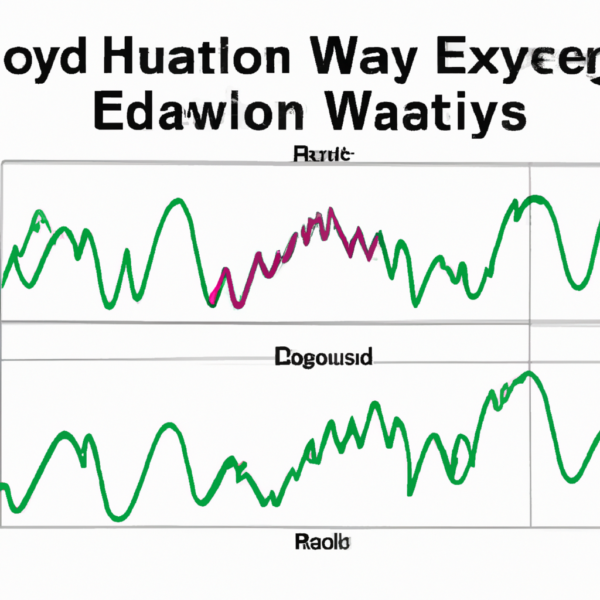Understanding Elliott Wave Analysis Methods: A Guide for Traders

Introduction
Elliott Wave analysis is a method used by traders and investors to predict future price movements in financial markets. This technical analysis approach is based on the theory that markets move in repetitive patterns, which can be identified and used to forecast future price movements.
Basic Principles of Elliott Wave Theory
1. Wave Patterns
Elliott Wave theory is based on the idea that market prices move in waves, with each wave consisting of a series of smaller waves. These waves can be classified into two main categories: impulse waves and corrective waves. Impulse waves move in the direction of the prevailing trend, while corrective waves move against the trend.
2. Fibonacci Ratios
Another key principle of Elliott Wave theory is the use of Fibonacci ratios to determine the length and amplitude of waves. These ratios, such as 0.618 and 1.618, are derived from the Fibonacci sequence and are believed to be key levels of support and resistance in financial markets.
Methods of Elliott Wave Analysis
1. Wave Counting
One of the most common methods of Elliott Wave analysis is wave counting, where traders identify and label the different waves within a price chart. This involves identifying the peaks and troughs of price movements and assigning them wave numbers based on the Elliott Wave theory.
2. Fibonacci Retracement Levels
Another method of Elliott Wave analysis is the use of Fibonacci retracement levels to identify potential reversal points in a market. Traders can use these levels to determine where a corrective wave may end and an impulse wave may begin.
3. Trend Channels
Trend channels are also commonly used in Elliott Wave analysis to identify the direction and strength of a trend. By drawing trendlines connecting the peaks and troughs of price movements, traders can determine the boundaries within which a market is likely to move.
Conclusion
Elliott Wave analysis is a powerful tool that can help traders and investors make more informed decisions in financial markets. By understanding the basic principles of Elliott Wave theory and using the various methods of analysis, traders can gain a better understanding of market trends and potentially profit from them.